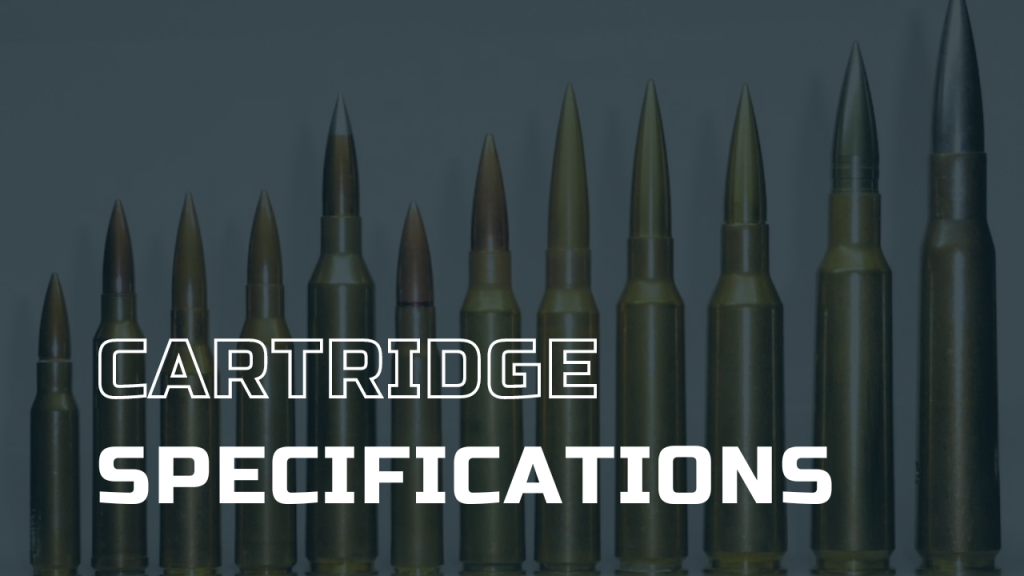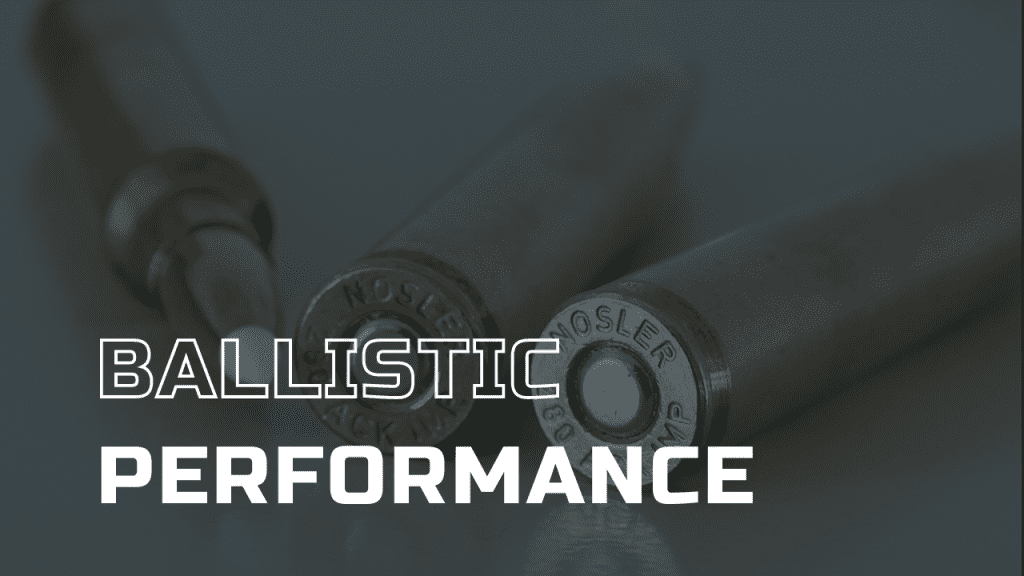In the quest for the ultimate hunting rifle, two cartridges stand out for their precision and power: the .25-06 Remington and the 6.5 Creedmoor. Each offers distinct advantages for hunters and marksmen, sparking debates over superiority in terms of range, accuracy, and versatility.
This comparison delves into their unique features, ballistic performance, and historical significance, aiming to guide enthusiasts in making an informed choice tailored to their hunting needs.
Understanding .25-06 vs. 6.5 Creedmoor Rifle
The .25-06 Remington and 6.5 Creedmoor are both celebrated for their long-range capabilities and effectiveness in hunting.
The .25-06, known for its flat trajectory and high velocity, excels in taking down medium-sized game, while the 6.5 Creedmoor has gained a reputation for its exceptional accuracy and lower recoil, making it a favourite among precision shooters and hunters alike.
Choosing between them often comes down to specific preferences for game size, shooting distance, and recoil sensitivity.
Historical Background

The .25-06 Remington, with its origins in the early 20th century, was formalized by Remington in 1969, evolving from wildcat status to a respected standard. It quickly earned its stripes in the hunting world for its versatility and performance.
The 6.5 Creedmoor, introduced by Hornady in 2007, was designed from the outset as a match-grade cartridge with hunting applications in mind. Its rapid ascent in popularity is a testament to its balanced design, which meets the demands of both competitive shooting and hunting.
Cartridge Specifications

- .25-06 Remington: Features a bullet diameter of .257 inches and can propel a 100-grain bullet to velocities around 3,230 feet per second, with an effective range extending beyond 400 yards.
- 6.5 Creedmoor: Boasts a slightly larger .264-inch bullet diameter and sends a 120-grain bullet downrange at approximately 2,900 feet per second, maintaining energy and accuracy at ranges exceeding 500 yards.
Ballistic Performance

Ballistically, the .25-06 Remington offers higher velocities, resulting in a flatter trajectory over medium distances. It shines in open-country hunting, where wind drift and bullet drop are critical considerations.
The 6.5 Creedmoor, however, stands out for its superior ballistic coefficient and sectional density, providing consistent performance at longer ranges.
This efficiency translates to less wind drift and retained energy downrange, making it an ideal choice for precision-focused hunters and shooters targeting game at extended distances.
Hunting Applications

The .25-06 Remington is renowned for its versatility in hunting medium-sized game such as deer, antelope, and pronghorn across North America. Its high velocity and flat trajectory make it an excellent choice for hunters needing to make accurate, long-range shots in open terrain.
The 6.5 Creedmoor, on the other hand, has gained a stellar reputation for its effectiveness on similar game sizes but stands out for its performance at even longer ranges.
Thanks to its high ballistic coefficient bullets, it maintains energy and accuracy well, making it suitable for larger game like elk and moose at extended distances. Its mild recoil also allows shooters to maintain accuracy through long shooting sessions, whether at the range or in the field.
Firearms Available
A wide variety of rifles are available for both cartridges, catering to different preferences and budgets. For the .25-06 Remington, popular options include bolt-action rifles from manufacturers such as Remington, Browning, and Winchester, known for their reliability and precision.
The 6.5 Creedmoor is supported by an even broader selection of firearms, including bolt-action, semi-automatic, and modern sporting rifles.
Companies like Savage, Ruger, and Tikka offer several models designed to maximize the cartridge’s long-range potential, making it a favourite among precision rifle competitors and hunters alike.
Reloading Potential
Both cartridges offer excellent reloading potential, allowing shooters to fine-tune loads to their specific needs. The .25-06 Remington, with its longer history, has a wealth of data available for reloaders looking to optimize performance for various bullet weights and game.
The 6.5 Creedmoor has quickly accumulated a wealth of reloading information and component availability due to its popularity in both competitive shooting and hunting circles.
Its efficient case design and tolerance for a wide range of bullet weights make it an attractive option for reloaders seeking to achieve optimal accuracy and performance.
Similarities
Despite their differences, the .25-06 Remington and 6.5 Creedmoor share several similarities that make them both excellent choices for hunters:
Versatility in Game: Both are capable of ethically taking medium to large-sized game at considerable distances.
Long-Range Performance: Each cartridge offers a flat trajectory and excellent ballistic performance for long-range hunting and shooting.
Reloading Flexibility: A wide array of reloading components and data are available for both cartridges, allowing for customization of loads to suit various hunting needs.
Firearm Selection: Numerous rifles chambered in both cartridges are available from several manufacturers, ranging from budget-friendly models to high-end precision rifles.
User Experiences and Recommendations

Hunters and shooters who have used both cartridges often praise the .25-06 Remington for its ability to deliver clean kills on medium game at distances beyond 400 yards, highlighting its effectiveness in open country hunting.
The 6.5 Creedmoor receives accolades for its exceptional accuracy and minimal recoil, which facilitates longer shooting sessions without fatigue, making it a favourite among those engaging targets at or beyond 500 yards
Recommendations typically favour the .25-06 for traditional hunters seeking reliability and proven performance, while the 6.5 Creedmoor is often suggested for those interested in precision shooting and newer hunting technologies.
New Features and Innovations
The 6.5 Creedmoor has been at the forefront of new features and innovations, particularly in the realm of long-range shooting.
Advancements include high ballistic coefficient bullets that maintain velocity and energy over great distances, and rifles equipped with precision-focused features such as adjustable triggers, chassis systems, and long, free-floating barrels.
The .25-06, while more traditional, benefits from modern bullet designs and improved powders that enhance its performance, keeping it competitive in today’s hunting and shooting market.
Key Features Comparison Table
| Feature | .25-06 Remington | 6.5 Creedmoor |
| Bullet Diameter | .257″ | .264″ |
| Optimal Game Size | Medium (deer, antelope) | Medium to Large (deer, elk) |
| Effective Range | 400+ yards | 500+ yards |
| Recoil | Moderate | Mild |
| Rifle Availability | Wide | Very Wide |
| Reloading Potential | High | Very High |
Conclusion
Choosing between the .25-06 Remington and the 6.5 Creedmoor comes down to personal preference, intended use, and specific hunting or shooting scenarios. The .25-06 offers time-tested reliability and versatility for hunting a wide range of game in various environments.
In contrast, the 6.5 Creedmoor excels in long-range accuracy and reduced recoil, making it ideal for precision shooting and larger game. Both cartridges have proven their worth in the field and at the range, ensuring hunters and shooters can confidently select the option that best matches their needs.
FAQs
How do the .25-06 and 6.5 Creedmoor compare in terms of wind drift?
The 6.5 Creedmoor generally exhibits less wind drift than the .25-06 due to its bullets’ higher ballistic coefficients, making it more forgiving in windy conditions.
Which cartridge is better for a beginner hunter or shooter?
The 6.5 Creedmoor, with its mild recoil and superior accuracy, is often recommended for beginners. However, the .25-06 is also a solid choice due to its versatility and effective range.
Can the .25-06 Remington handle larger game like elk?
Yes, with proper bullet selection and placement, the .25-06 can effectively take larger game, though the 6.5 Creedmoor may offer a slight advantage in terms of energy and penetration at longer distances.
Are there significant cost differences between the two cartridges?
Ammunition costs are comparable, though specific brands and loads can vary in price. Reloading can reduce costs for both cartridges, with a wide range of components available for custom load development.
